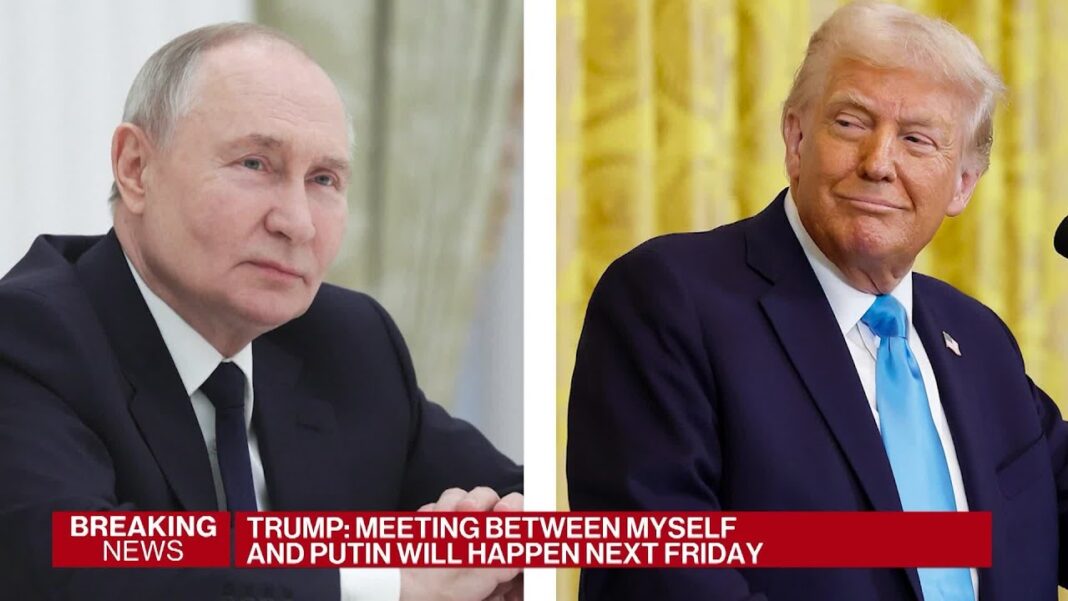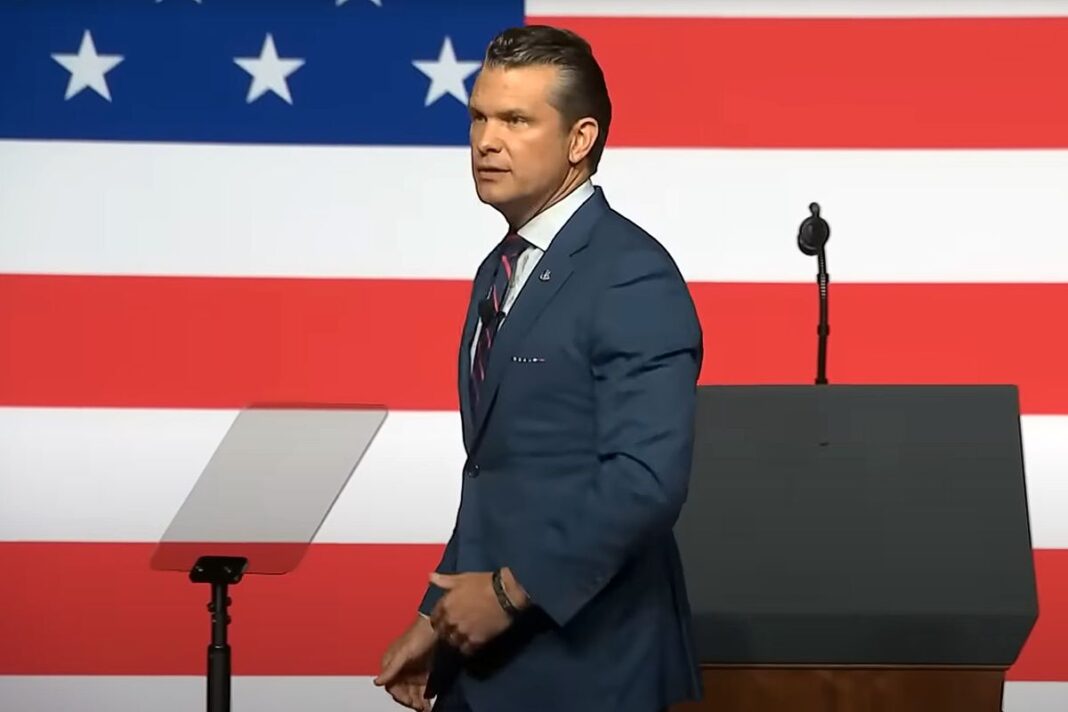With New START near an end, both sides have hinted at paths to preserve arms control.
The New START treaty, the nuclear arms pact between Washington and Moscow, is set to expire next year. Signed in 2010, it caps deployed long-range weapons and allows inspections to ensure both sides comply.
Without it, the two nuclear powers would face each other with no binding limits for the first time in decades.
Moscow has offered to extend the agreement, a proposal President Donald Trump called a “good idea.” Russia welcomed the remark, saying it “gives grounds for optimism.”
With the clock ticking toward the Feb. 5, 2026, deadline, here is what to know about New START, the hurdles to its renewal, and calls to bring in other nuclear powers.
Moscow’s Offer
Russian President Vladimir Putin said on Sept. 22 that Russia is ready to keep following the treaty’s maximum numbers of nuclear weapons and launchers even after it expires.
He added that an extension could make it easier to restart talks with the United States, if conditions are in place to resume dialogue and address major security disputes.
For now, Moscow’s plans after the extension remain unclear. Putin said that the decision on whether to keep the limits will depend on a future assessment of the situation.
He also said that Russia will stick to these commitments only if the United States avoids actions that could undermine or upset the existing balance of deterrence.
Why It Matters
The United States and Russia together hold nearly 90 percent of the world’s nuclear weapons.
Russia has about 5,459 nuclear warheads, and the United States has around 5,177, according to the Federation of American Scientists.
These totals include both active weapons and retired ones that haven’t yet been dismantled.
New Start limits both countries to a set number of deployed long-range missiles and warheads, as well as overall caps on their launchers and heavy bombers, whether deployed or not.
It also restricts Russia’s most powerful long-range weapons, including the Avangard and the Sarmat missiles, which can reach the United States in about 30 minutes.
Although Russia has the ability to load far more warheads onto its missiles and bombers, the treaty prevents it from doing so.
Without New START, the United States would lose important insight into Russia’s nuclear forces.
The U.S. State Department warns that without the treaty’s verification measures, Washington would gradually have “less confidence” in its estimates of Russia’s arsenal and “less information” to guide decisions about America’s own nuclear capabilities.








